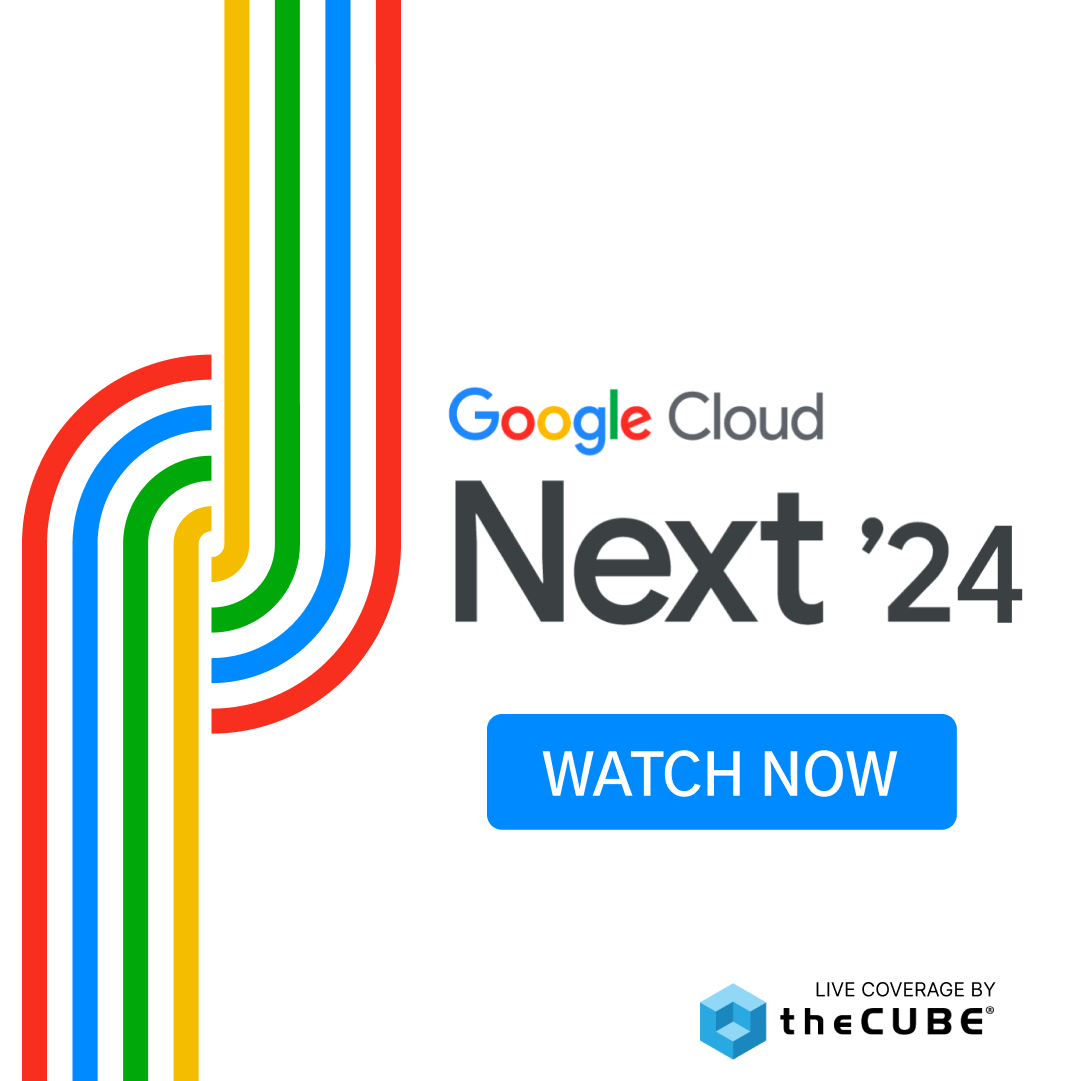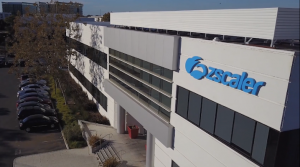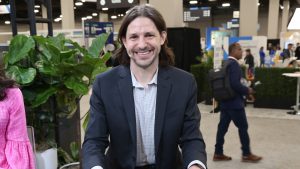Big Data in the real world: Inside Talend & HP use cases
![]() Trends in real time use cases have emerged as practitioners grow more accustomed to using and collecting Big Data. Companies on the front lines, like Talend and HP Vertica, are in a unique position to comment on and observe customer behavior as they begin to figure out how to make the best use of Big Data. TheCUBE’s Jeff Kelly interviewed Talend’s CMO Ashley Stirrup and HP Vertica’s Director of Technical Alliances, Steve Murfett Director, to get the insider take on how practitioners are using their Big Data.
Trends in real time use cases have emerged as practitioners grow more accustomed to using and collecting Big Data. Companies on the front lines, like Talend and HP Vertica, are in a unique position to comment on and observe customer behavior as they begin to figure out how to make the best use of Big Data. TheCUBE’s Jeff Kelly interviewed Talend’s CMO Ashley Stirrup and HP Vertica’s Director of Technical Alliances, Steve Murfett Director, to get the insider take on how practitioners are using their Big Data.
Honing in on use cases for real-time data processing and analytics, Kelly asked Stirrup what trends he sees around real-time uses of data as they become more commonly used in the marketplace. While he cautioned that “not every product meets every need,” Stirrup explained that HP Vertica has done an excellent job of partnering with Hadoop to ensure “the right kinds of analytics are being done using the Hadoop database and that they’re using their capabilities to support more real time use cases.”
Customers experience an evolution of Big Data understanding
At Talend, Stirrup said, they’re noticing many customers go through an evolution:
“The first thing is, there’s this whole new data source that I want to start to analyze. How do I do it? What are the best tools to put in place? How can I get that data? And then, once [users] get that kind of access to insight, [they ask] how do I deliver it at the point of use? Say a sales person is on the phone with a customer, knowing exactly what to cross sell and upsell. I really see customers going through that journey.”
Kelly asked Murfett to weigh in on the topic. Murfett began by pointing out that “real time means different things to different people. Maybe ‘just in time’ is more of a phrase that we look to do more often than real time.”
Murfett went on to say that his team at Vertica analyzes products to see whether their partners are moving towards real time capabilities, specifically “are they looking to be able to stream data into [Vertica] rather than batch it into [Vertica].” Murfett also mentioned that Vertica looks for companies that embrace ELT, reasoning, “rather than trying to do too much with the data on the way in because we believe that will be slower than trying to get the data in and then process it.”
Bring Compute to the Data, or Data to the Compute?
Kelly pointed out that as more practitioners begin to use Big Data, the idea that “data is heavy,” and therefore hard to move, has surfaced. He asked Stirrup how Talend views that concept and how it’s impacted their integration efforts. “That actually plays very well with our overall architecture,” Stirrup said, “we are a code generator, so we’re generating Pig, MapReduce, SQL, but that’s being run locally. And so it completely aligns with this new computing paradigm.”
Because Talend uses a locally run drag-‘n-drop user interface to simplify the connectivity, coding, and management of that code, it offers benefits in both performance and cost.
State of Operations at Talend
Next, Kelly asked Stirrup to discuss the “state of operations” at Talend as the company takes on the market opportunity to turn Big Data into real business applications.
“It’s an exciting time,” Stirrup said. The company recently moved their global headquarters to Redwood City, CA, reached over 400 employees, and is making “big investments in sales and marketing.”
Talend’s business has been driven by the explosion of the data business, cloud, the Internet of Things, and huge new sources of data that companies now need to figure out how to use. Their Big Data integration products, Stirrup noted, are selling particularly well, but so are their master data management products, suggesting that businesses are interested in a single, 360-degree view of the customer.
Talend recommends an incremental approach to Big Data usage
Spring-boarding off the concept of a single, comprehensive view of a customer, Kelly asked how companies can get that 360 degree view of their customers, wondering if it’s more complex in the age of Big Data due to all the new sources of information.
“In general,” Stirrup replied, “what we’re seeing is this trend in the marketplace: the rise of cloud computing is leading to more and more digitization of processes across companies.”
Stirrup said that increasingly, their customers see a competitive advantage in how they use the wealth of applications available to them. He cautioned, though, that companies should not use those applications in silos: Regardless of the types of data companies are trying to bring in, they need to “look across all the different aspects of [their] business to really optimize it.”
Stirrup mentioned that Talend’s uniform platform is ideal for this use case — it allows users to perform both data integration and application integration with one set of tools. Often, Stirrup went on to say, Talend recommends that businesses start with a more incremental approach: optimizing around a particular business problem that Big Data can help solve — like cross sell/upsell — and then continuing to add on new use cases. With this method, users don’t get bogged down in figuring out how to bring the data together and clean it, and are less likely to lose track of their initial goal.
photo credit: Adam Foster | Codefor via photopin cc
A message from John Furrier, co-founder of SiliconANGLE:
Your vote of support is important to us and it helps us keep the content FREE.
One click below supports our mission to provide free, deep, and relevant content.
Join our community on YouTube
Join the community that includes more than 15,000 #CubeAlumni experts, including Amazon.com CEO Andy Jassy, Dell Technologies founder and CEO Michael Dell, Intel CEO Pat Gelsinger, and many more luminaries and experts.
THANK YOU









